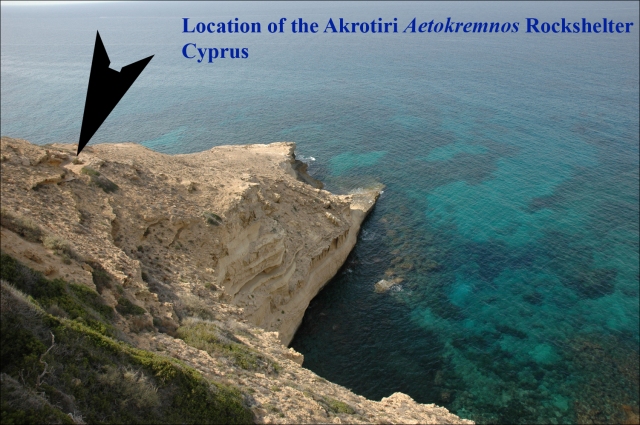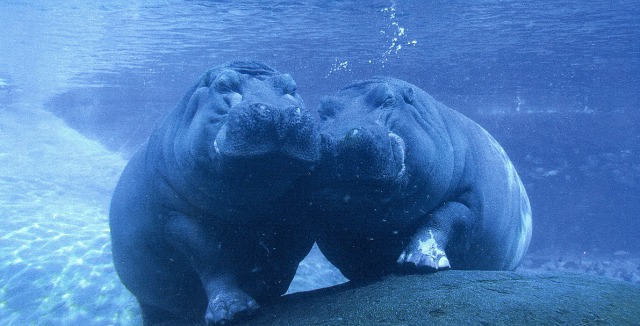AIA Central Arizona November 2018 Lecture
Title: Of Early Mediterranean Sea-Farers, Pygmy Hippo Hunters, and Early Cows: The Curious Case of the First Cypriot
Speaker: Alan Simmons, University of Nevada, Las Vegas
When and Where: Wednesday, November 28, 2018 at 6pm, ASU Tempe Campus, Wrigley Hall Room 101, 800 S. Cady Mall, Tempe, AZ 85281
In the not too distant past, most archaeologists believed that most of the world’s islands were not inhabited until relatively recent times, after the introduction of food producing Neolithic economies. In recent years, however, convincing evidence has emerged for far earlier Paleolithic occupations, such as on of Flores in Indonesia, home of the controversial “hobbit” hominins. Now, some Mediterranean islands, such as Crete and Naxos, also suggest possible pre-Homo sapiens use. While this remains rare, there is compelling evidence for use of some islands immediately before the Neolithic, with some of the best evidence coming from Cyprus. The narrative of a late Neolithic-only occupation was dramatically challenged by the controversial site of Akrotiri Aetokremnos, dating to about 12,000 years ago. Aetokremnos also suggests that humans were instrumental in the extinction of native animals, including the pygmy hippopotamus. Newer investigations also have expanded the Neolithic of Cyprus, which now is as old as that of the mainland. This presentation summarizes these new investigations that have re-written the story of how and when the Mediterranean islands were first visited and subsequently colonized.
Much of Alan Simmons’ research focuses around an event that occurred about 10,000 years ago: the transition from hunting and gathering economies to ones based on food production. This so-called “Neolithic Revolution” was one of the most momentous transformations to occur in society and has irreversibly affected the human condition. The Neolithic was not only an economic transition but also a social one, and it shaped the modern world, both for better and for worse. Through the interdisciplinary study of the processes leading to food production and its consequences, we not only obtain a better understanding of why this happened in the past but also gain valuable insight into the present. Simmons has studied the Neolithic primarily in the Near East and the Mediterranean as well as the American Southwest.
For a printable version of the flyer, Click Here
For a map to Wrigley Hall (marked WGHL near University Dr. ), ASU Tempe Campus, Click Here

